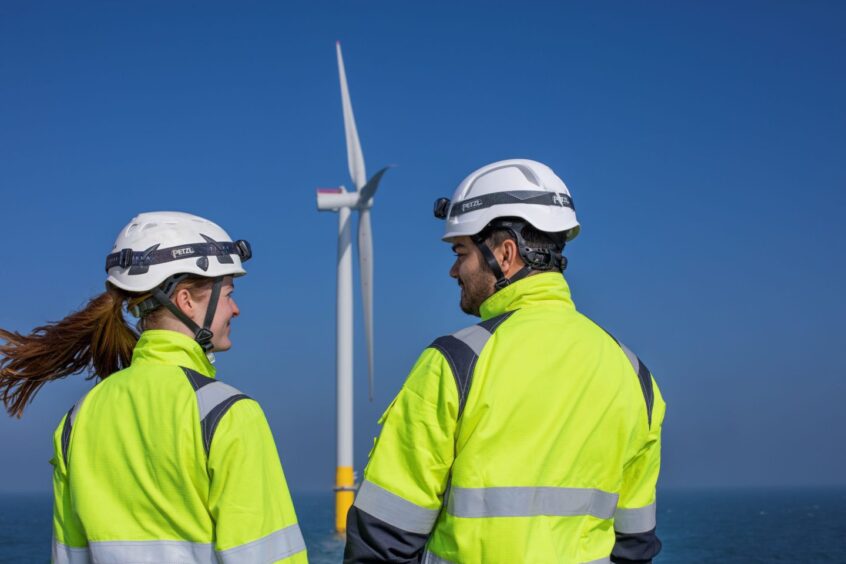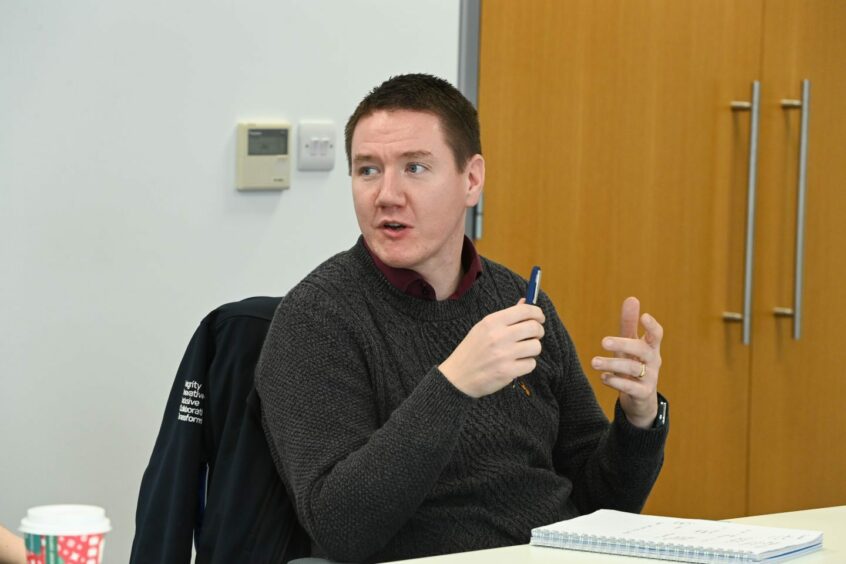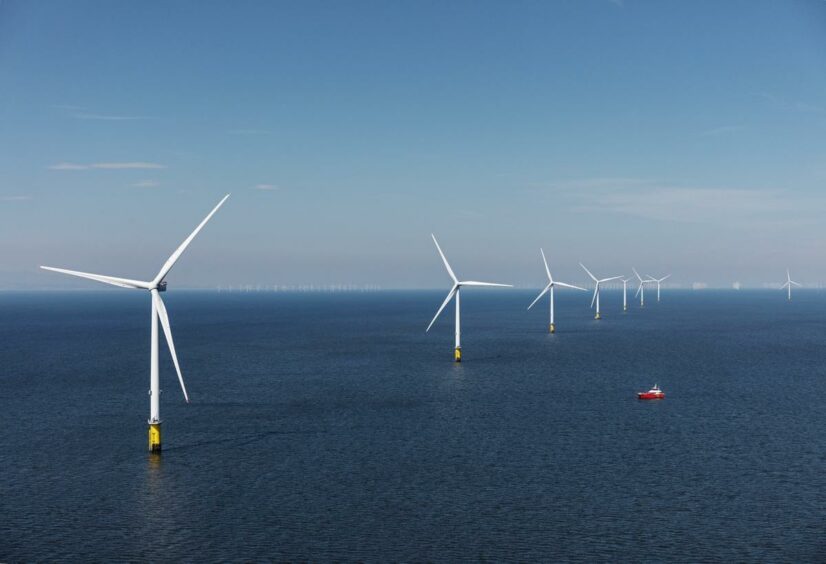
Women account for as little as 5% of the offshore workforce in the wind sector, this “drastically low” figure means the industry is missing out, says Charlie Guthrie, head of renewables at 3t.
“You need a balance of people of all kinds in any sector because they’ll bring a new perspective. Therefore, if any sector is 95% of one type of person, 5% of another, that’s never good.”
Pulling figures from the International Renewable Energy Agency’s (IRENA) 2020 Wind Energy: A Gender Perspective report, Mr Guthrie continued: “There is no reason why women can’t work in the sector”
He explained, as the gendered stereotypes or preconceived notions that women aren’t physically strong enough to work offshore do not play into the roles that the offshore wind market is looking to fill.
“It’s a case of ‘how do we change those perceptions?’,” says Charlie Guthrie, “Including the presumption from women themselves of why they don’t think they can work [in offshore wind], and so if we can have a dozen females leading by example.”
The 5% figure is slightly higher than the wider offshore energies statistic, which includes oil and gas, which shows the number of women working in the field makes up 3.4 to 3.6% of the workforce.
As wind is “much newer than oil and gas” and because of that, Mr Guthrie says, the industry is “probably a little bit ahead of the curve” in terms of diversity and inclusion.
As a result of offshore wind being a younger industry, there is an opportunity to stomp out any stereotypes about who should be working in the North Sea before they become commonplace.
Mr Guthrie explained: “I don’t think the wind industry has had a chance to build up those stereotypes”
Adding his personal opinion, he continued: “Oil and gas has that ‘oil and gas mentality’. It’s a little bit of a dirty industry, you get your hands mucky. Whereas offshore wind is very electrical, mechanical and hydraulic, they are fairly clean environments and the wind industry keeps pushing that through as well so that helps it not gain that stereotype in the first place.”
Across the whole wind sector, 21% of the workforce are women (IRENA reports), as the industry expands 3t is looking to ensure that jobs become available to all kinds of people.
He added: “There’s a pretty high percentage of females working in the wind sector, not offshore, so one in five, and so those people are driving this agenda as well and the office is made up one in five females.”
The 3t head of renewables questioned why the proportion of women in onshore jobs is much higher when there “is no reason” why it cannot be the same for offshore jobs.
Orsted and 3t team up for ‘Women into Wind’ initiative
With this lack of offshore representation in mind, wind developer Orsted and training provider 3t Training Services, previously known as AIS Survivex, have teamed up to deliver the ‘Women into Wind’ initiative.
The programme will offer twelve women the opportunity to train and work in offshore wind with guaranteed interviews in addition to potential work placements and employment opportunities.
Mr Guthrie expressed that “this will hopefully become the first of many similar programmes.”
Coleen Forde, Orsted’s national skills lead, said: “The UK has tough targets to meet to achieve the Government’s net-zero ambitions, along with our transition to a green economy, and by showcasing the exciting career opportunities within wind to women, we can help ensure the industry is robust, diverse and fully equipped to take on the challenge.”
In a conversation with Energy Voice Mr Guthrie shared the pride he has for this initiative, explaining that “this is actually going to happen, this isn’t a shop.”
He said that in “political circles” there is “always a lot of chatter” around rolling out initiatives to address industry issues, however, the actions being taken by 3t and Orsted can help alleviate the problem.
The 3t head of renewables continued: “12 females coming into wind isn’t going to nudge that 5% statistic, but if we can prove the success of this, and if all the supply chain companies keep coming forward and we can be the driving force behind that, then that becomes the case study and the testimonial.”
If the Women in Wind programme sees success, Orsted and 3t hope to roll out similar initiatives in the future to drive diversity in the wind industry.
He said: “My objective is that you don’t have a Women in Wind programme because there’s no need because naturally there’s just this flow of men and women and everybody else coming through into the sector.”
Those looking to participate in the ‘Women into Wind’ programme can apply to the scheme by completing the application form here.
Recommended for you


 © Supplied by Kenny Elrick/ DC Tho
© Supplied by Kenny Elrick/ DC Tho © Supplied by Orsted
© Supplied by Orsted